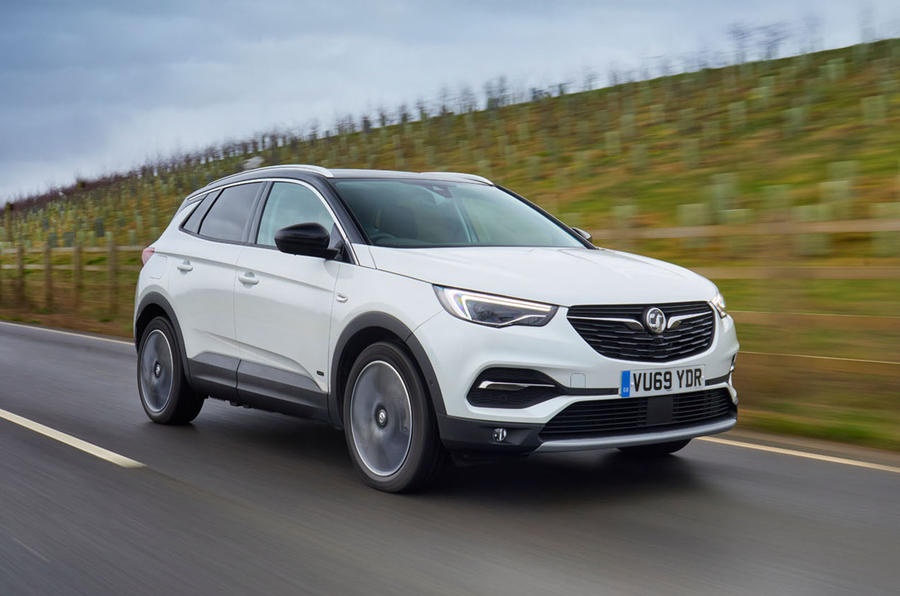What is it?
The Vauxhall Grandland X Hybrid4 may be all the evidence you need that the car business has finally gone totally, irrevocably bonkers. It would, after all, appear to be a mid-sized crossover SUV from a traditionally value-oriented volume car brand, with no more usable space in it than is offered by a traditional family hatchback, and that you might quite reasonably expect to cost something around £25,000. And yet, in the case of the range-topping version we tested, it comes with near-£50,000 showroom list tag. Cue the incredulous expression.
Thankfully for Vauxhall, appearances can be deceptive; and very few people, if anyone, will ever pay anything like £50,000 for this car. Funnily enough, those who do run a Grandland X Hybrid4 may even be doing so because it’ll save them money. Welcome to the topsy-turvy fleet car market of the new decade.
Under the UK government’s new 2020 company car tax rules – which are about to make just about every fleet car in the country that isn’t in some way electrified a whole heap more expensive to run – a company car driver will be able to run one of these for considerably less monthly benefit-in-kind tax outlay than they may currently be paying for, say, a mid-range diesel-engined Nissan Qashqai. And if your employer provides a work car for you as part of your employment contract, of course, benefit-in-kind tax is all you pay for it.
What’s more, thanks to a Business Edition trim level pitched considerably more cheaply than was our test car’s and intended almost exclusively for the fleet market, this car will actually cost less than most of its closest plug-in hybrid SUV competitors – the Mitsubishi Outlander PHEV, BMW X1 and Volvo XC40 included. Better just to ignore that massive red herring list price, then, because while people buying on finance with their own money are unlikely to flock to this car, plenty of fleet managers will.
And what those fleet managers will be getting is a version of the Grandland X, itself Vauxhall’s sister car to the Peugeot 3008 and DS7 Crossback, that’s powered by a 1.6-litre turbocharged petrol engine but also by a pair of electric motors. The combined ‘total system outputs’ of all three power sources are a very healthy sounding 296bhp and 383lb ft of torque: enough to make for a sizeable relative performance advantage for this car when judged against its newbie plug-in hybrid compact SUV rivals.
The car has a 13.2kWh drive battery which makes for 35 miles of WLTP-certified EV range, and also delivers the sub-50g/km WLTP lab test emission needed to make the car stack up as a fleet money-saver. On paper at least, then, it has surprising performance and efficiency credentials.












































Join the debate
Add your comment
" ...it isn’t the sort of car
" ...it isn’t the sort of car a family would ever consider taking on holiday."
These look like quite a big car to me, how much space do people need?
Lousy car
Seems to me Autocar was quite generous with their rating considering the car has virtually no USP, is as expensive as its premium rivals, rides and drives below average, is relatively small, has one of the worst interiors in the market etc...
Almost £50k?! That's a no from me
But this car is actually a handsome thing, and it will probably make a good used purchase in a few years - especially if the pricing falls off a cliff like Insignias and other Vauxhalls do. Why is the infotainment screen so small, though!?! Surely for a car approaching £50k they could have plonked a bigger screen in the dash?!